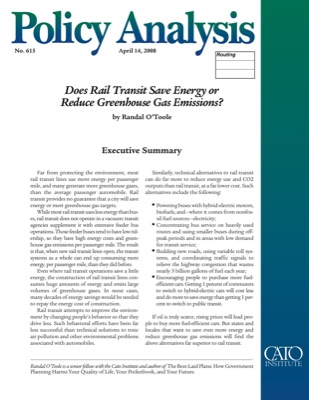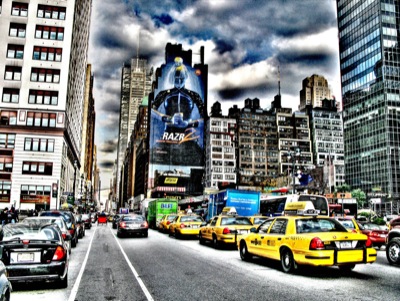The recent brouhaha about Barack Obama calling small-town Americans “bitter” brings up an issue Americans rarely talk about: class. Unlike Britain, America does not have an inherited aristocracy, and we like to think we are economically mobile, so we don’t think about class.
Certainly, we use terms like upper class, middle class, and lower class, but these are strictly economically defined, and since (we tell ourselves) we are economically mobile, the labels do not permanently stamp anyone as one thing or another.
But there is another term we sometimes use: working class. Perhaps because of my egalitarian American upbringing, this term puzzled me when I first encountered it. Most families have at least one worker, so how is the working class distinguished from any other class? Are working-class incomes higher or lower than middle-class incomes?











